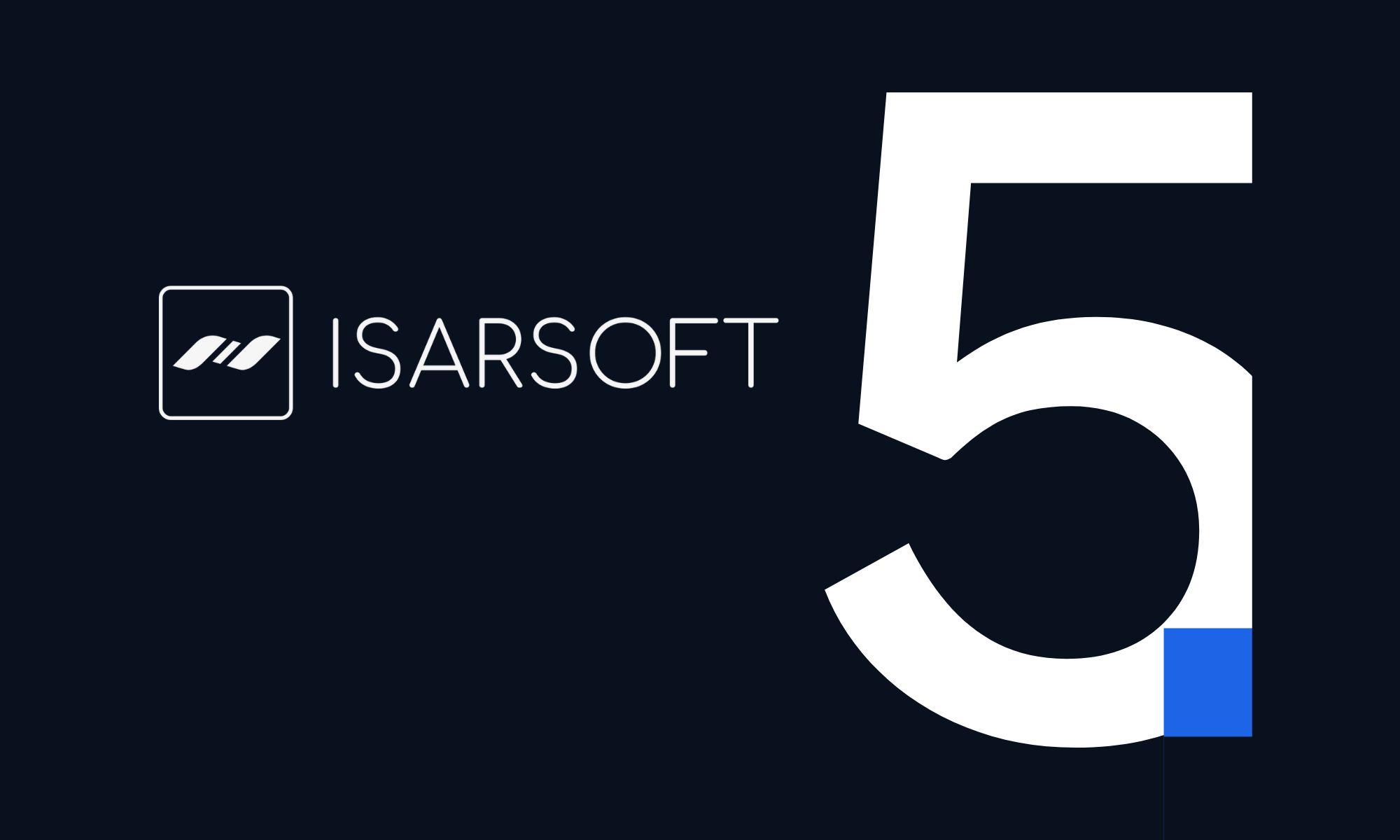Museum People Counting: Unlocking the Power of Smart Visitor Analytics
How do top museums manage crowds and optimize exhibits in real time? With museum people counting systems that deliver precise visitor data and actionable insights.
Published
July 31, 2024
.avif)
The number of museum visitors, which had decreased during the COVID-19, increased after the pandemic. To avoid the disruption of visitor growth, museums are constantly looking for innovative solutions to enhance visitor experiences, streamline operational efficiency and keep up with the latest trends. One such solution is the implementation of people counters. This feature, often integrated with advanced video analytics software, provides precise data on visitor numbers, visitor movement patterns, and peak visiting times of museums. This invaluable information enables museums to make informed decisions, leading to improved visitor satisfaction, optimized resource allocation, and enhanced safety and security measures. In this blog post, we will explore the various benefits that museums gain from utilizing people counters.
What Are People Counters?
People counters are used to count the number of people entering and exiting a particular area. They are commonly used in various settings, including retail stores, malls, museums, public transportation systems, and event venues. These sensors are strategically installed on the ceiling at the museum’s entrance and exit points. People counters help to monitor foot traffic and gather data on visitor behavior. To achieve these goals, people counters can use many technologies such as infrared sensors, video analytics, thermal imaging, Wi-Fi or bluetooth tracking.
As will be examined in the continuation of this article, integrating video analytics for people counting brings numerous benefits to museums. Accurate visitor data allows for effective management of visitor flow, reducing congestion and improving the overall experience. This technology also supports operational efficiency by informing decisions on staffing, maintenance schedules, and resource allocation based on real-time data. Additionally, the enhanced monitoring capabilities contribute to better safety and security, enabling proactive crowd control and efficient emergency response planning. People counters goes beyond simply reporting visitor numbers and analyzes video footage to provide a comprehensive understanding of how visitors interact with exhibitions and navigate the museum.
.avif)
Why Museums Need AI Video Analytics?
Museums require AI-powered video analytics for people counting to enhance visitor experiences, improve operational efficiency, make informed decisions based on real time data, and ensure safety and security. Let's explore the benefits of AI video analytics in museums in more detail.
Visitor Experience
AI-powered people counters strengthen the visitor experience in museums by providing real-time data on visitor flow and occupancy levels. Analyzing visitor preferences and behaviors enables museums to tailor experiences, offering personalized recommendations and interactive exhibits that make visits more memorable and engaging. Effective queue management at entry points, ticket counters, and popular exhibits also reduces wait times with the help of AI video analytics.
Moreover, continuous monitoring helps improve accessibility by identifying and addressing potential barriers, ensuring facilities are accessible to all visitors, including those with disabilities. This commitment to inclusivity enhances the overall visitor experience. The data collected through AI video analytics provides valuable insights for ongoing improvements, allowing museums to gather feedback on exhibits and services and make informed decisions. By leveraging these insights, museums can continually adapt to meet visitor needs, creating a more enjoyable, engaging, and personalized experience for every visitor.

Operational Efficiency
AI video analytics promotes operational efficiency in museums through advanced people counting capabilities. By providing real-time data on visitor flow and occupancy levels, these systems enable museums to optimize staffing by identifying peak times and high-traffic areas, ensuring that adequate staff is available where needed most. This leads to better resource allocation and cost savings. Additionally, understanding visitor patterns allows museums to schedule cleaning and maintenance activities during off-peak times, minimizing disruptions and maintaining a clean environment.
AI analytics streamline energy management by adjusting lighting, heating, and cooling systems based on occupancy levels, resulting in substantial energy savings and reduced operational costs. Efficient space utilization is another key benefit, as data-driven insights help museums reconfigure or repurpose underused areas to better serve visitors or create new exhibits. This ensures that every part of the museum is used effectively.
Data-Driven Decision Making
AI video analytics provides data-driven decision-making in museums by providing real-time data on visitor behaviors, flow patterns, and occupancy levels. This information enables museum management to make informed decisions based on accurate insights. By understanding visitor demographics, peak times, and popular exhibits, museums can tailor marketing strategies, design more effective exhibit layouts, and create targeted programs that align with visitor interests.
Additionally, insights into visitor demographics guide decisions on exhibit content, ensuring it resonates with the target audience.This data-driven approach also helps with resource allocation, allowing museums to prioritize investments in high-traffic areas or exhibits that require more support. Additionally, detailed analytics on visitor engagement and dwell times provide valuable feedback for curators and designers, helping them refine and enhance exhibit content and presentation.
Government Funding
People counting with video analytics supports the museum's ability to secure government funding by providing precise and comprehensive data on visitor numbers and behaviors. This advanced technology not only counts the number of visitors but also analyzes their movement patterns, dwell times, and engagement levels with exhibits. Such detailed information offers clear, quantifiable evidence of a museum's value and impact on the community, demonstrating its role as an educational and cultural hub. By presenting this data, museums can effectively showcase their reach and the depth of visitor interactions, making a strong case for continued and increased government support. For instance, data-driven decisions on staffing, exhibit placement, and resource allocation ensure that museums operate efficiently and meet the needs of their visitors. By illustrating these operational improvements and their positive outcomes, museums can argue that additional funding will be used effectively to enhance public value.
Safety and Security
AI video analytics enhance safety and security in museums through advanced people counting capabilities. These systems provide real-time data on visitor numbers and movements, which is crucial for maintaining a safe environment. By monitoring occupancy levels, museums can ensure that crowd sizes remain within safe limits, preventing overcrowding and reducing the risk of accidents, especially during peak times or special events.
Additionally, AI video analytics can detect unusual patterns or behaviors that may indicate security threats. This enables a swift response to potential security incidents, thereby enhancing overall safety. In the event of an emergency, real-time data on visitor locations aids in coordinating effective evacuation procedures, ensuring everyone can exit the building safely and efficiently. Overall, AI-powered people counters provide museums with the tools to proactively manage safety and security, protecting both visitors and staff.
More about Isarsoft
With Isarsoft Perception, your camera systems become part of your business intelligence. Whether the goal is to increase efficiency, customer satisfaction, or safety, Isarsoft Perception provides the insights needed for informed decisions.

Contact us, to learn more about how to turn security cameras into intelligent sensors.



